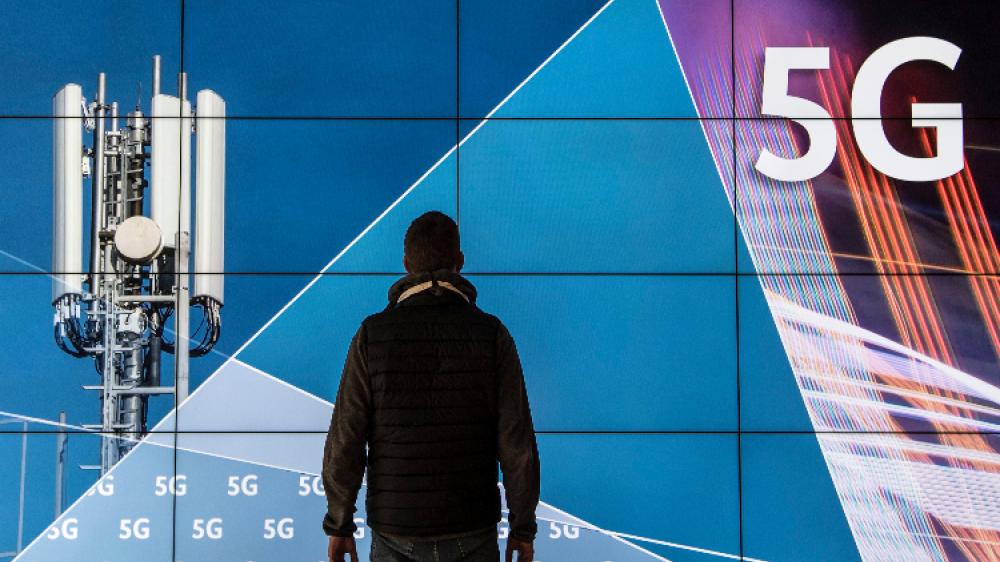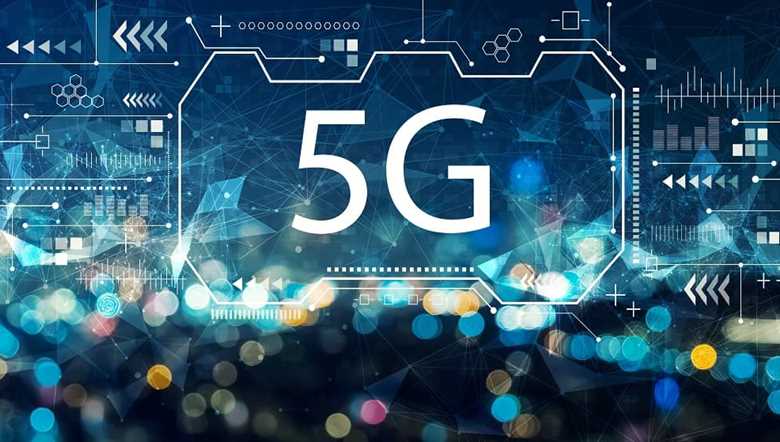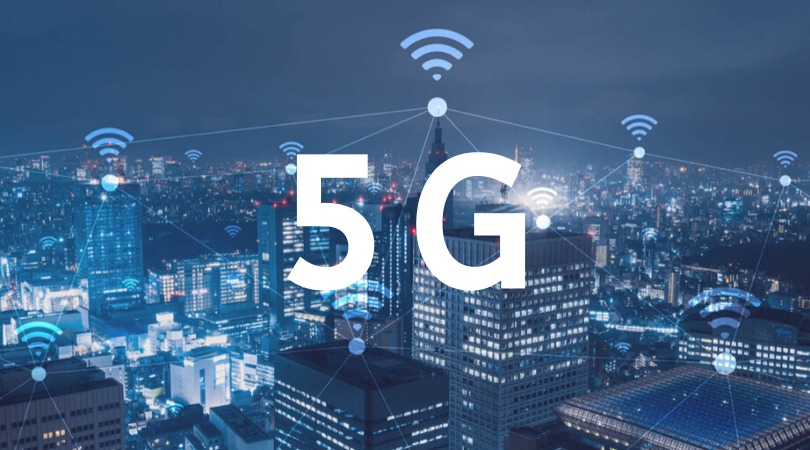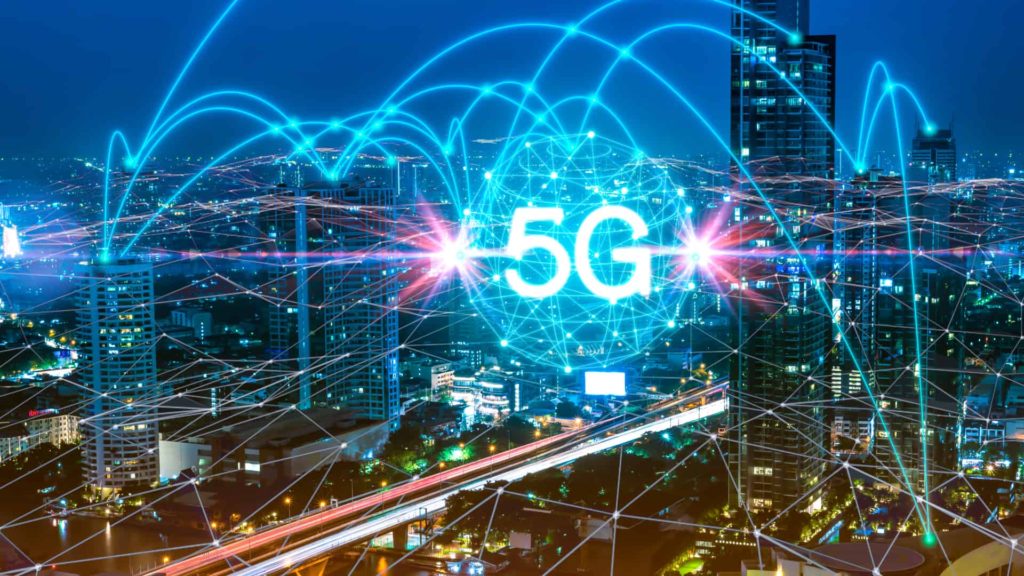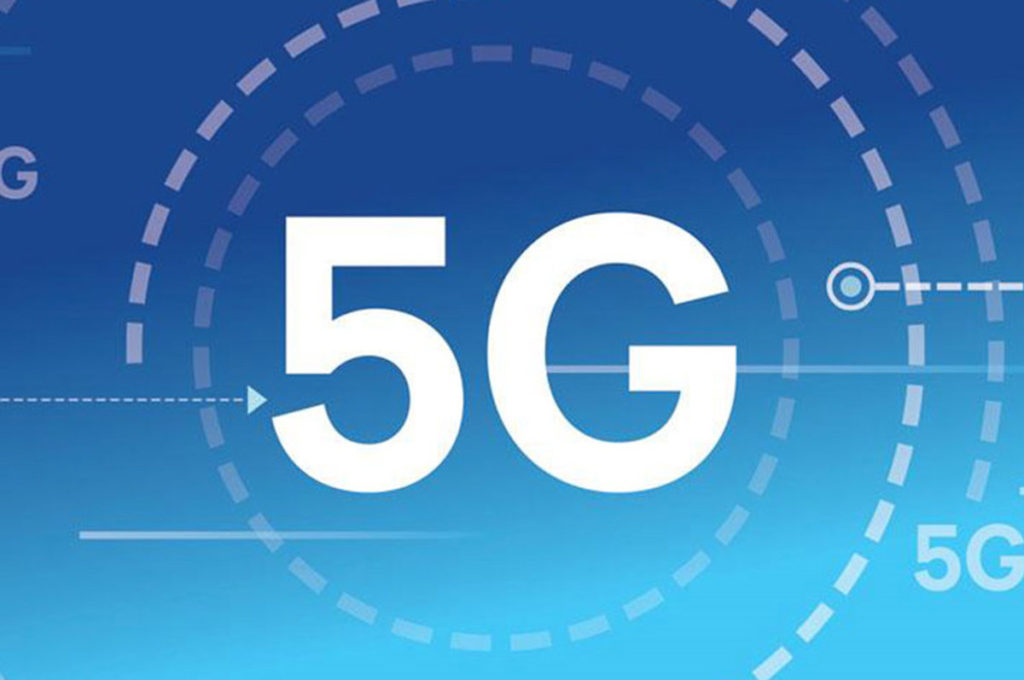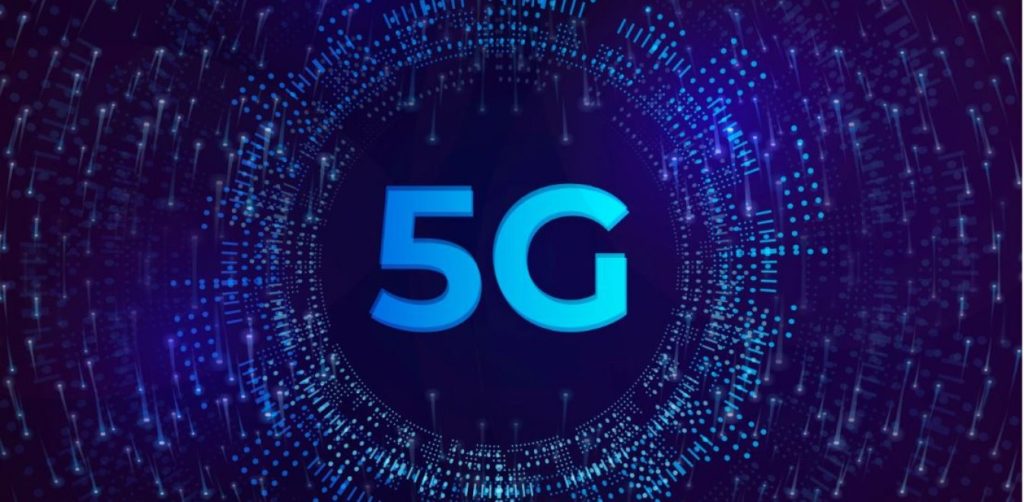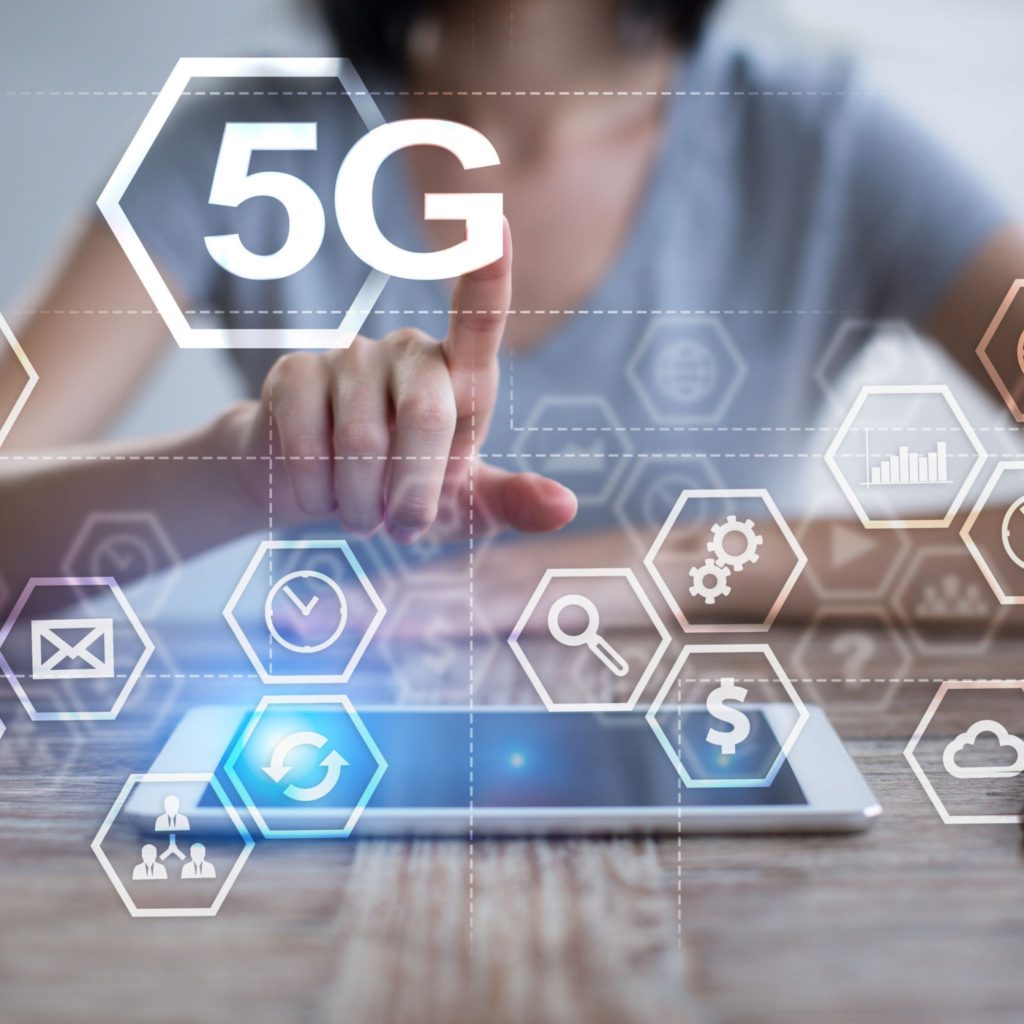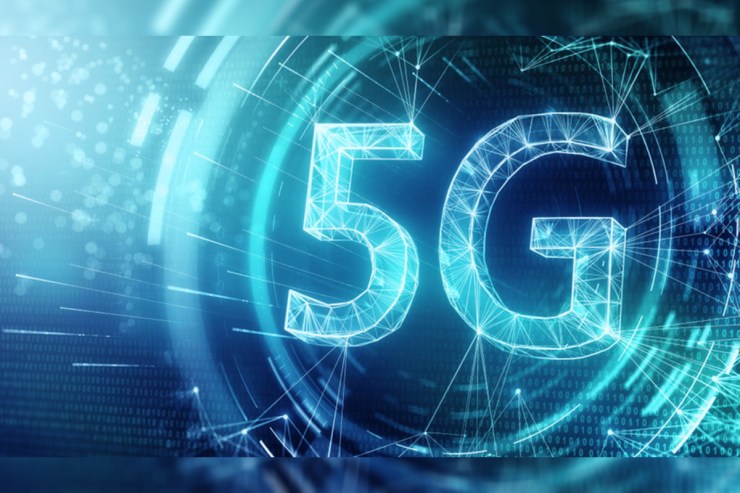Dynamic spectrum sharing (DSS) is an essential part of 5G deployment with efficient use of low-band spectrum and spectrum sharing with legacy technologies, especially LTE. Dynamic Spectrum Sharing stands for the dynamic sharing of resources between different technologies, in this case, between LTE and 5G NR.
DSS Ecosystem
A healthy ecosystem is established between vendors, chipset partners, and leading operators towards the direction to mutually develop Dynamic Spectrum Sharing. From concept development back in 2017, the work for legacy LTE UEs in 3GPP Release 8 was adopted for 5G/NR spectrum sharing. The requirement was for 3GPP NR Rel-15 to identify the specs, and vendors started the alignment with selected chipset partners to validate the concept and agree on these standard requirements.
When 3GPP NR Rel-15 was completed in 2018, the capability signaling and mandatory support were ensured. Furthermore, rate-matching on the RE level for N-PDSCH around LTE CRS was now mandatory. Interworking with existing features, performance simulations, and phasing of configurations and features took place within 2018 by the vendors with initial press releases in Q3. The first low-band NR chipsets were available in early 2019, testing NR low-band in commercial-grade chipsets. Static spectrum sharing, where a certain amount of bandwidth and radio equipment is dedicated separately to LTE and 5G, was first available in 2019, with normal mixed with NR on ERS. Dynamic spectrum sharing was generally available by the end of 2019 to test in the field with commercial devices.
DSS characteristics
Dynamic spectrum sharing can be implemented in the UL and DL. However, it usually implies vendor lock-in since LTE and 5G NR must usually be from the same supplier. The Radio amplifier will be connected to both technologies by two optical interfaces. Uplink spectrum sharing is not complicated since each RAT will have its time and frequency resources allocated and controlled by a unified LTE/NR scheduler. Uplink Dynamic Spectrum
Sharing implies LTE & NR coexistence and is also possible with deployment in NR TDD and LTE FDD mode.
Downlink reserved resources (RR)
In order to guarantee backward compatibility with LTE and for forward compatibility with future radio standards, NR supports reserved resources in the Downlink. This means the existence of semi-statically configured time/frequency resources around which NR PDSCH can be rate-matched. For example, OFDM symbols will be punched (left empty), and the RR indicates that specific REs are not available for the reception of the PDSCH.
Reserved resources can be configured in 3 different ways. One way is by referring to LTE configuration, which is ideal for LTE/NR coexistence, used for CRS punching in DSS. Furthermore, it can be configured by referring to a CORESET, not used in DSS. Another way is by configuring resource sets utilizing a set of bitmaps, which could be ideal for NR + future, for example, “6G” coexistence. This could also be used to punch PSS, SSS, PBCH in DSS. In Downlink sharing, the configuration is more complicated because the LTE carriers contain several “always-on” signals. These signals include the LTE PSS and SSS with a middle of BW 72 SC, 5 ms period, and 2 OFDM symbols, LTE PBCH with 10ms period, 6 RBs, 4 OFDM symbols, and LTE CRS with full BW, every 6th SC, signaled in RRC and rate-matched by NR.
Reserved resources bitmap to punch LTE PSS & SSS
3GPP allows defining bitmap triplet for NR, with indicated frequency, time, and slot period during which NR shall not transmit. In bitmap-1, the length equals the number of NR RBs for PSS & SSS central 6 RBs. In bitmap-2 of length 14 in one slot, it is indicated punched OFDM symbol for PSS & SSS 5 and 6, numbering from 0. Bitmap-3 of length 10 displays the NR sub-frames (slots) for the period. For PSS & SSS, bits 0 and 5 are indicated.
LTE NR synchronization signal Coexistence
Resource blocks that contain LTE PSS, SSS, and PBCH cannot be scheduled by LTE and vice versa. Scheduling can take place both in frequency and the time domain. LTE PDCCH and NR PDCCH are scheduled by a coordinated scheduler in TDM mode. LTE PDCCH is reduced to 1-2 OFDM symbols, full BW, and NR PDCCH allocated into half BW by CORESET configuration. PDSCH coordinated scheduler may be configured with a priority toward LTE or NR, or equal priority. Resource Blocks containing CORESET can be scheduled by NR PDSCH only. CORESET change is only possible through RRC signaling.
Reserved resources for LTE Cell-Specific Reference Signal (CRS)
NR PDCCH must avoid LTE CRS from antenna port 2 and 3 in symbol #1. It is not 3GPP standardized, so there is, therefore, a high risk of unsuccessful demodulation. NR CEE aggregation level may increase to compensate, so PDCCH capacity will be reduced.
NR PDSCH will be rate-matched around the LTE CRS. It is a standardized procedure by 3GPP, so there is no performance reduction. NR PDSCH DMRS can be configured in symbol #2 or #3, where there is no LTE CRS.
MBSFN subframe use in DSS
LTE MBSFN can be used to conceal NR SIB1 only. MBSFN in SIB1 is mandatory, while the LTE interference to NR SIB1 cannot be allowed. The lower the number of MBSFN, the better the LTE cell capacity. This configuration has approximately 5% better LTE cell capacity. In the near future, if there are fewer UE’s available supporting band n1, these sub-frames are expected to be empty.
LTE MBSFN can be used to conceal NR SIB1 and NR SSB. In this configuration, NR SSB and NR SIB1 will not collide with LTE Ref Sig. LTE Reference Signal measurements are more accurate and may lead to mobility and single-user throughput gains. This solution may have 5% less LTE capacity than the solution above, under the condition that NR SSB has a 20ms period, so the Loose Time Sync (LTS) is also used. Without LTS, when NR SSB needs a 5ms period, a 20% LTE capacity drop is expected. There is also an estimated LTE capacity reduction for DSS. This is the LTE capacity reduction from supporting DSS where no traffic on NR is present, but CSI-RS transmission is assumed. Generally, LTE in 5G-NR is estimated to cause a 20% reduction, and correspondingly 5G-NR in LTE is estimated to cause a 10% reduction.

